Article Written By Tim McLean
Lean manufacturing is the most successful and widely adopted approach to business improvement in the world. It was developed by a Japanese automotive manufacturer (Toyota). So why would anyone think of applying Lean methodology on a farm?s
Over the past decade we have worked with a growing number of agricultural businesses and found, to our surprise, and that of our clients, that Lean thinking can lead to dramatic improvements in farm productivity.

Why Implement Lean on the Farm?
I grew up in country New Zealand and spent a lot of my time around farms and farmers. What I learned from my father and observed was that the key to successful farming is doing the right things in the right way at the right time, day after day, week after week, month after month, year after year.
Many of the tasks are simple, but they need to be done correctly and at the right time. It was also essential that a farmer knows how to respond to changes in conditions and solve problems. The farms I knew as a child were small, usually one family managed the whole operation. A good farmer, did the right things consistently, solved problem effectively and in a timely way and therefore got better results than a poor farmer who left it too long to cut his hay, failed to properly prune his fruit trees, neglected the state of his irrigation pumps or did not prepare for a coming frost or storm.
When TXM started working in agriculture ten years ago, what we encountered was a different type of farm. These were professional agri-businesses turning over millions of dollars, employing dozens or hundreds of staff and led by highly qualified professionals. These businesses often had sophisticated understanding of crop genetics, animal husbandry practices and advanced technology.
However, the secrets to success in these large agribusinesses was the same as the small family farm – doing the right things in the right way at the right time and solving problems. The owners and senior managers of these agri-businesses certainly knew what needed to be done. The constant challenge was how to ensure that these essential tasks got done and problems got solved in a timely fashion through a large management team and a workforce that was often dominated by short term seasonal employees.
Getting it Right on the Farm
This is where Lean comes in. We have found that Lean thinking applies at every point of the agricultural supply chain from growing a seedling to delivering product to market or direct to a customer. In this article I have highlighted five big improvement areas where Lean agriculture can transform productivity:
- Eliminating non-value-added time
- Solving problems with the five whys, not the five who’s
- Standardising the work for temporary labour
- Lean maintenance
- Daily metrics, daily communication and daily routine tasks
Below I’ll explain these and provide examples from real agricultural businesses we have worked with.
Eliminating Non-Value-Added Time
In Lean we define “value added” as something that adds value to a customer. So, for example if we have a seed and grow that seed into a crop, we have added value, if we harvest that crop, we have added more value and if we clean and pack that product, we have added further value. However, much of what happens on a farm is non- value-added.
For example, in a factory we usually measure the distances that people and product travel in metres or the number or steps. In agriculture these distances can be measured in kilometers. Travelling from one location to the next, waiting for work to start or walking back and forth can consume most of a farm worker’s day
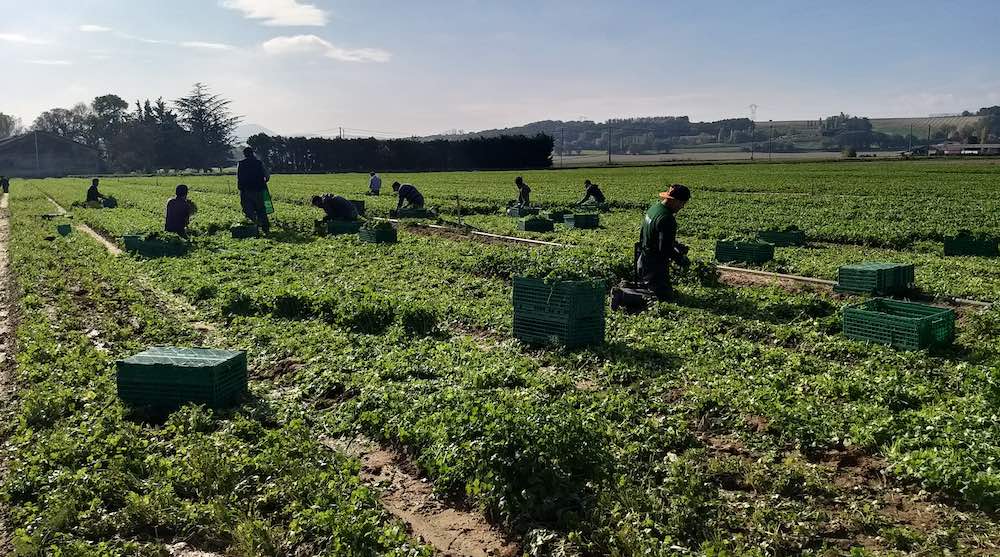
However, walking or driving around does not add value to the product – it is waste and should be minimised.
One of the biggest challenges that agricultural businesses face is finding enough employees at critical times of the year. However, such much of these employees’ time is wasted in non-value-added time. If wasted time is reduced then fewer employees are required, making it easier to meet seasonal demand – and saving costs.
Using Lean principles, TXM worked with a grower of aromatic herbs in southern France to improve the process of harvesting. We reduced the distances that harvesters had to walk and standardised their process, which doubled their productivity.
Solving Problems with the “Five Whys” not the “Five Who’s”
Unlike the controlled environment of a factory, farms pose complex challenges – the weather, distance, pests and weeds to name just a few. Things go wrong regularly. Some of these things (e.g. a drought or a hailstorm) are beyond the control of the farm management, the best they can do is take steps to mitigate the damage. However, many other problems are preventable.
Often when things go badly wrong in agri-business the response is to ask who is responsible rather than what went wrong in the process to cause the problem and why. When an investigation is carried out, often it focuses on the immediate area where the problem occurred rather than looking for the root cause – which in agriculture might have occurred several steps up the supply chain and months earlier.
For example, one farm we worked with had a product recall due to a live insect that managed to accompany the product all the way to the end consumer. The immediate reaction was to increase inspection to try and find any other insects. The problem with inspection though is that it not 100% effective. Expecting people (even a lot of people) to spot every single tiny foreign object in tonnes of produce is almost impossible. Automated inspection is better, but often not 100% reliable.
The Lean approach is therefore to trace the root cause and eliminate the problem at the source. In this case the product was traced to a new farm area. The preparation of the area adjacent to the crop was inadequate and provided a habitat for the insects to breed, which then allowed them to get into the crop. By eliminating the habitat areas near the crop, the risk of infestation was vastly reduced. While some inspection did continue, the primary prevention was eliminating the risk of insect infestation in the first place.
In another example on another farm, the rear wheel of a tractor fell off. No one was hurt, but a failure like this could have caused serious injury or a fatality. The immediate reaction of management was to assume someone had not done their job – to ask who rather than why. When a root cause analysis was done it was discovered that the typical practice used to tighten wheel nuts on tractors led to them being severely over-tightened.
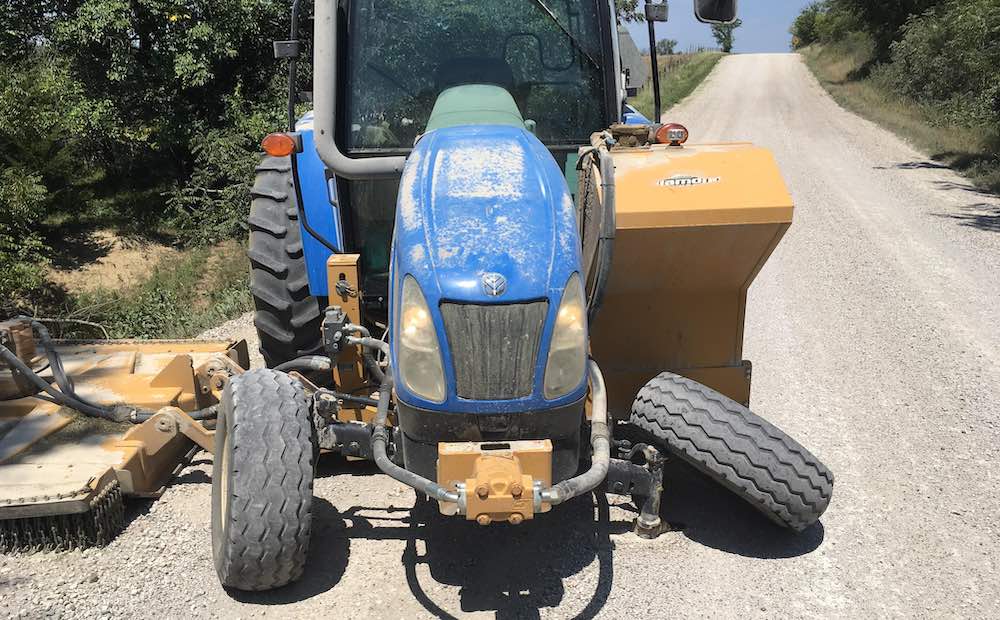
This caused the bolts to eventually fail. As a result, a torque wrench was introduced. It was subsequently found that the incorrect practice existed all over the farm, that could have led to further failures on other vehicles. If the response had been to discipline or dismiss one individual, the problem would have simply occurred again somewhere else, perhaps with more serious consequences.
Standardising the Work for Temporary Labour
Temporary seasonal labour is an unavoidable reality for most agricultural businesses. For example, in the wine industry, the workforce in the vineyard and the winery can often increase by 400% for the two or three months of vintage. Often, we see massive waste at these times of year with temporary staff waiting around with little or nothing to do or making mistakes leading to large amounts of wasted time and product. One of the key principles of Lean is “respect for people” and this applies to temporary employees too.
In our blog the Seven Standards Successful Leadership of Temporary Employees, we talk about the basic requirements needed to treat temporary employees with respect. This includes providing them with relevant training (by one of your team and not an employment agency), communicating with them regularly, giving feedback and ensuring basic needs are met. If these standards are met, then there is a much greater chance that your temporary employees will be engaged and perform their tasks correctly.
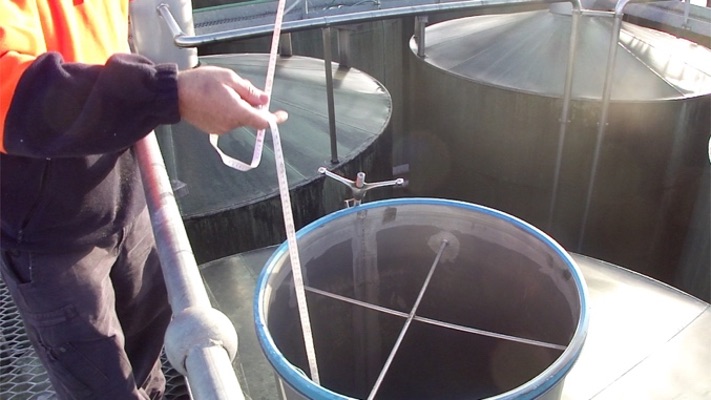
Simple visual work instructions, including short videos can ensure that temporary employees clearly know the way tasks should be performed. In a winery, one of the biggest risks is blending. An error in putting the wrong wine or the wrong quantity in a tank can lead to the loss of thousands of litres of product. A simple, 40 second work instruction video showing the correct procedure eliminated errors in this critical task.
Simple visual controls that enable the employee to make the right decision in ambiguous circumstances without the need to refer to a supervisor can also be a powerful aid to temporary employees. A common problem with agricultural machinery is the management of liquids. Putting the wrong liquid in the wrong filler hole can cause massive damage.
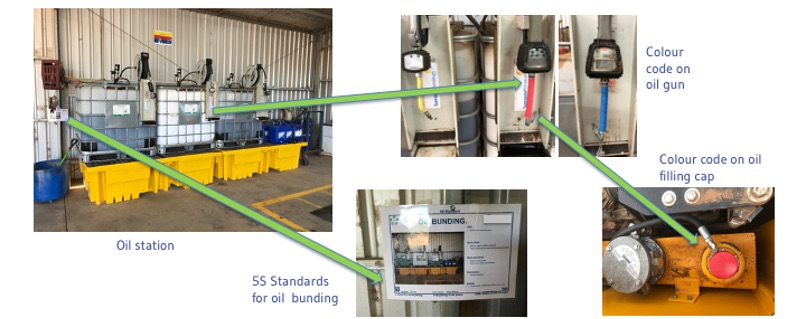
For example, putting hydraulic oil in an engine sump can destroy an engine, costing tens of thousands of dollars and putting machinery out of action for weeks. Colour coding of liquids combined with simple “one-point lessons” showing the location of filling points and what goes where eliminated these errors in one major farm business we worked with, even though most of the machinery operators were seasonal temporary employees.
Lean Maintenance
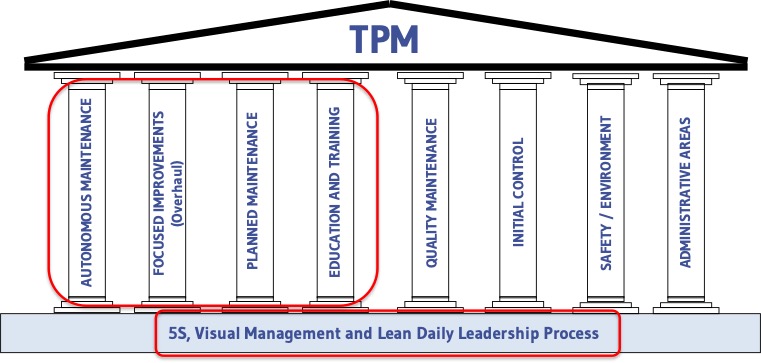
The Lean approach to asset maintenance, also known as Total Productive Maintenance (TPM) is a method usually associated with complex manufacturing machinery. However, large farming businesses can operate equipment worth millions of dollars’ both on the farm and in the processing shed. Working with a
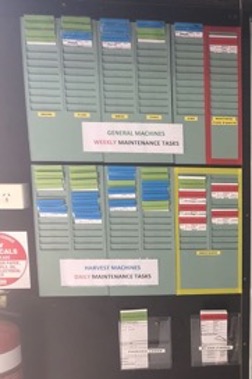
major nut grower, we applied TPM to mobile equipment on the farm, including tractors, harvesters, spraying equipment and all crop transport. The failure of equipment at critical times not only costs money and employee time, but it can lead to crop loss when harvesting cannot be completed in time.
TPM is a complex methodology with eleven key pillars, however in agriculture we found that four pillars needed particular focus:
- Focused Improvement – refers to bringing equipment up to an acceptable standard so it can perform as it is designed. In many agri-businesses harvest equipment can start the new harvest with the same problems that were there at the finish of the last harvest. Therefore, we established a process for routine annual inspection and overhaul of harvest equipment.
- Planned Maintenance – ensuring that maintainers have the organisation and resources to complete the regular routine maintenance tasks required to keep equipment running.
- Autonomous or Operator Maintenance – this means ensuring that the operators perform basic maintenance tasks such as cleaning, lubricating and inspecting equipment. This might include checking oil levels, tyre pressures or cleaning dust out of radiators.
- Education and Training – ensuring operators and maintainers have the skills and knowledge to care for their equipment.
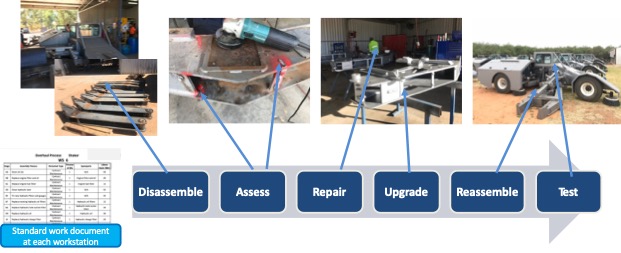
As well as the four pillars, successful maintenance relied on an organised workshop based on 5S principles and regular daily communication based on Lean Daily Leadership. For the nut orchard, the Lean maintenance approach meant reduced equipment downtime at harvest, shorter harvest cycles and longer equipment life.
Daily Routines, Daily Metrics and Daily Communication
A big loss on many farms occurs when employees simply do not know what they are supposed to do. Establishing daily routines and regular communication through the Lean Daily Leadership Process® can effectively overcome this problem.
- Daily and hourly metrics are recorded to provide leaders and teams timely feedback on their work.
- Ten-minute daily team meetings provide teams with feedback about their performance against key metrics, their challenges for the coming day and provide a chance to give feedback and solve problems.
- Daily routine tasks for leaders are to ensure that they complete the tasks needed to guarantee consistent performance every day.
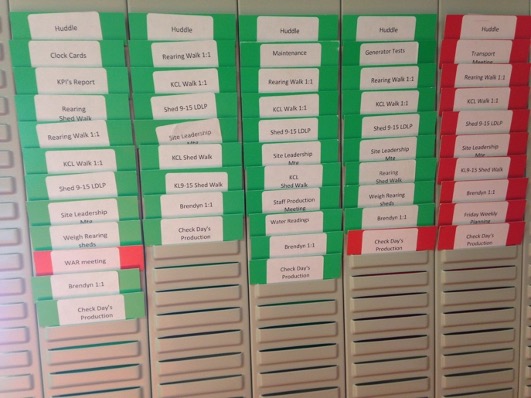
Working with a major egg producer, we improved performance through the Lean Daily Leadership Process. Each team on the site from the rearing shed to the feed plant to the packing shed maintained daily metrics as well as having a ten minute stand up meeting every morning. These meetings were sequenced so the site manager could travel around the site and attend each meeting. At the end of this sequence of meetings the whole site was set up for success with a clear focus for the day and the site manager also clearly understood the priority areas where his support was needed.
As well, with intensive animal farming operations, such as egg farming, constant attention to detail in completing routine husbandry tasks is essential. A loss of water supply, an outbreak of disease or the wrong feed mix at the wrong time can cause mortality and impact the whole productive life of the surviving animals. Simple tee cards can help ensure that these routine tasks are completed every day. On the egg farm these routine task boards eliminated the critical errors that impacted on animal welfare or egg production and quality.
Where to Start?
Lean agriculture is a powerful approach to overcome practical problems in farm operations. The start point for an effective Lean deployment in agriculture is to clearly understand why you need to change. What are the major operational changes that impact your farm and how do they affect your business performance? Then look to engage a Lean expert to get you started on your Lean agriculture journey.





